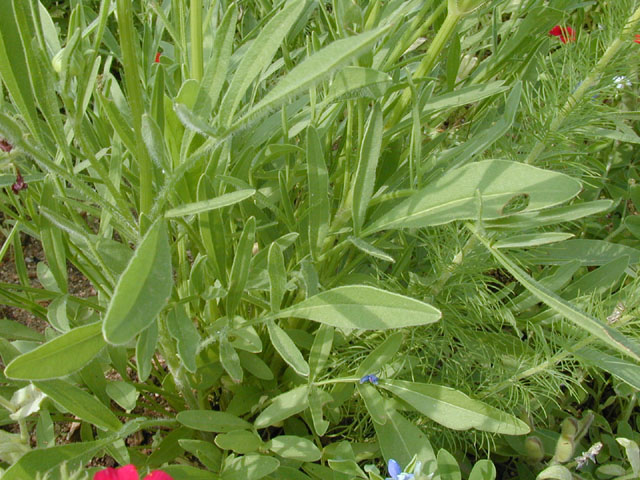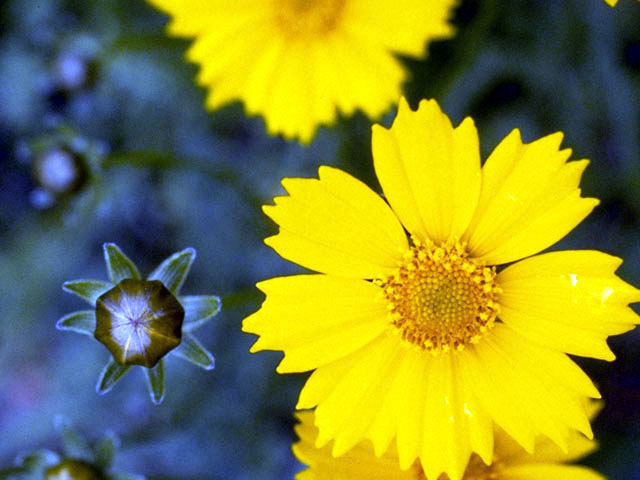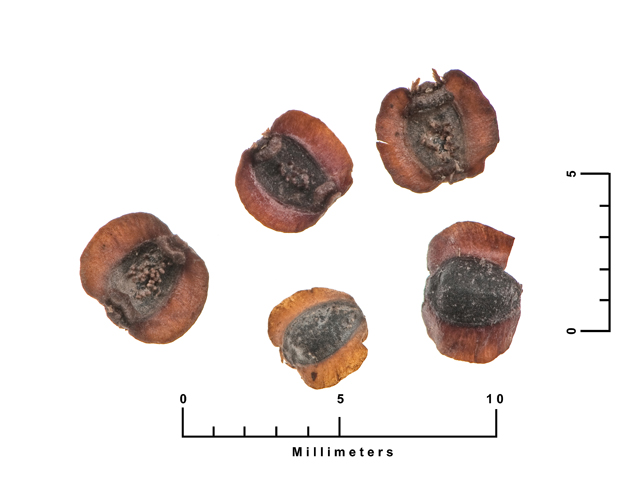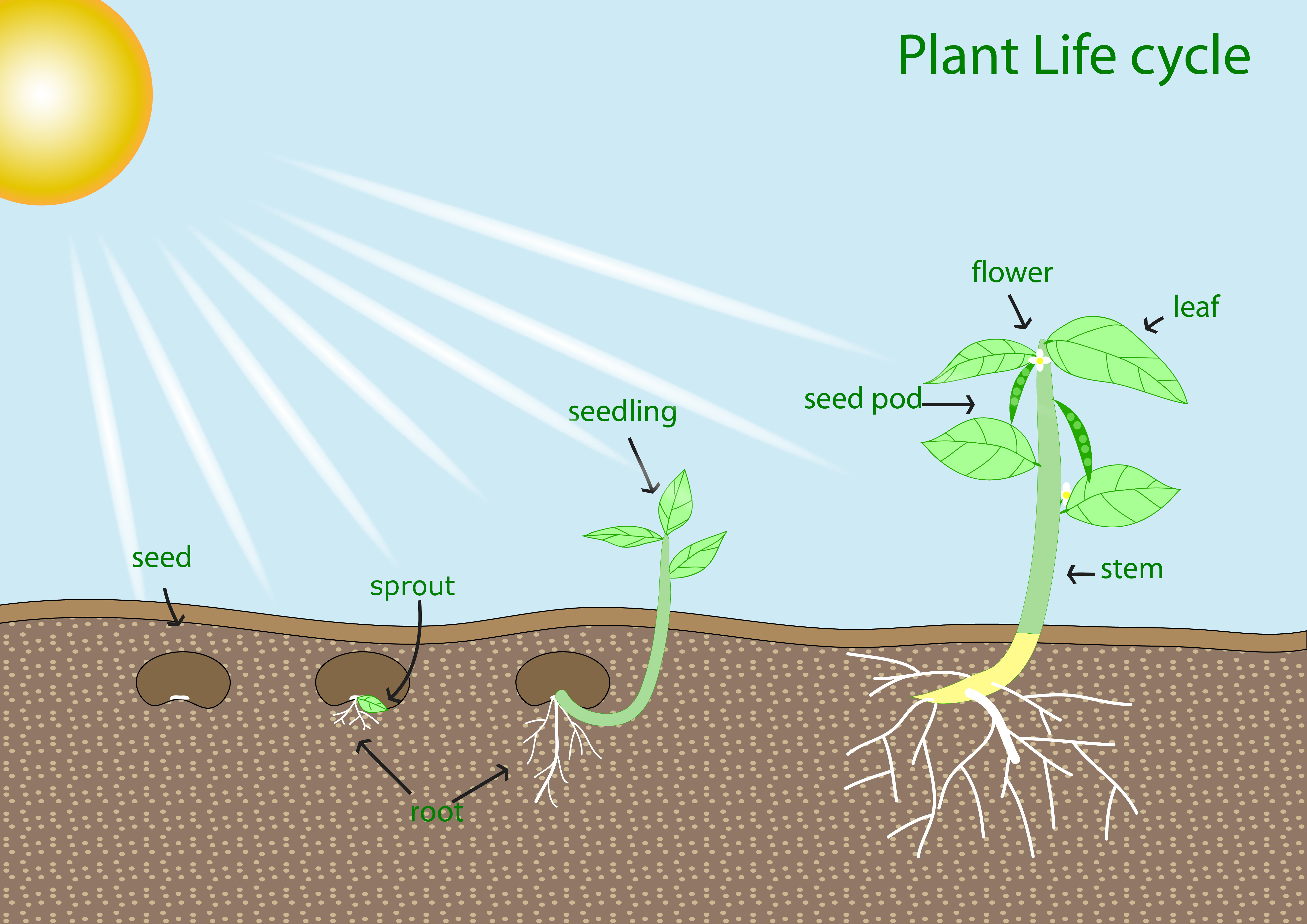Dig into plants: Lanceleaf Tickseed
Lanceleaf Tickseed Other Common Names: Lanceleaf Coreopsis, Lance-leaved Coreopsis, Sand Coreopsis Scientific Name: Coreopsis lanceolata Native to Alabama: Yes Alternate Native Species: Lobed Tickseed (Coreopsis auriculata) Whorled Tickseed (Coreopsis verticillata) Golden Tickseed (Coreopsis tinctoria) |
|
Wikimedia Shijan Kaakkara Click on image to enlarge it |
Learn more about...
| Ecological Benefits |
| This plant provides food for: | |||
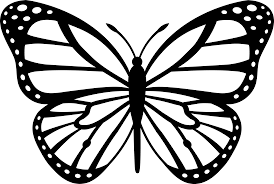 |
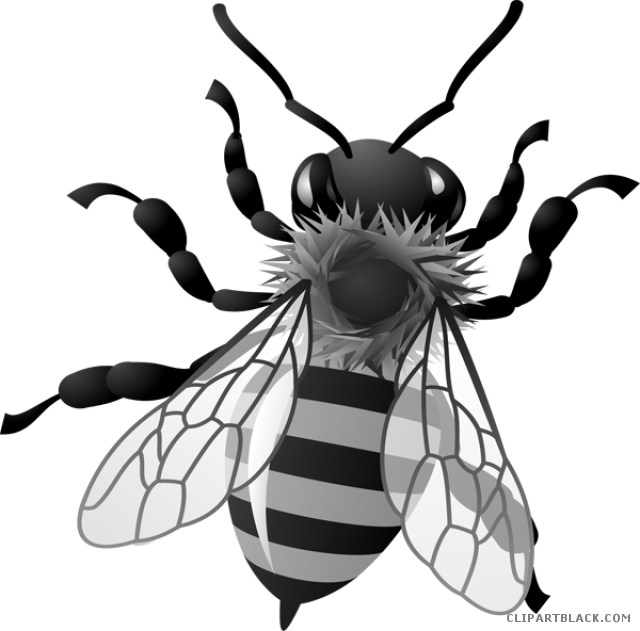 |
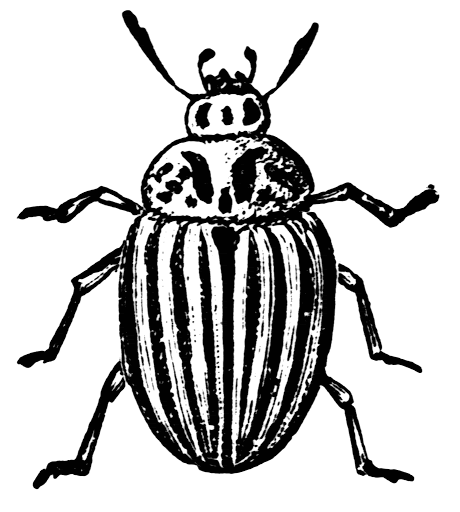 |
 |
| Butterflies | Native Bees | Other Pollinators | Other Birds |
| Other Plants Found in Alabama with Similar Ecological Benefits: |
|||||
| Lobed Tickseed (Coreopsis auriculata) |
Greater Tickseed (Coreopsis major) |
Stiff Tickseed (Coreopsis palmata) |
|||
 |
 |
|
|||
| Star Tickseed (Coreopsis pubescens) |
Golden Tickseed (Coreopsis tinctoria) |
Tall Tickseed (Coreopsis tripteris) |
|||
 |
 |
|
 |
||
| Whorled Tickseed (Coreopsis verticillata) |
|||||
 |
|||||
| Leaf, Flower & Seed Identification | ||||
| LEAF DESCRIPTION |
Lady Bird Johnson Wildflower Center
Joseph A. Marcus Click on image to enlarge it |
|||
| Leaf Characteristics Chart (JPG) | ||||
| Shape: Lanceolate |
Margin: Entire/Smooth |
Arrangement: Alternate |
Form: Simple |
|
|
|
|
|
|
|
| Description: | ||||
| Most about 3-4 inches long; leaves at base: opposite, divided, narrow, lance-shaped; upper leaves: alternate, entire, oval-shaped | ||||
| FLOWER DESCRIPTION |
Lady Bird Johnson Wildflower Center Albert F. W. Vick Click on image to enlarge it |
|||
| Flower Shapes Chart (JPG) | ||||
| Color: Yellow |
Shape: Radiate/ ligulate |
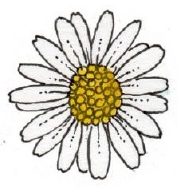 |
Bloom Months: Apr - Jun |
|
| Description: | ||||
| Produced in heads 1-2 inches in diameter; 8-10 yellow ray florets (narrow, petal-like, infertile florets that surround the disk) that are toothed at the tip surround 50-100 tiny, yellow disk florets (tubular, fertile florets that forms disk); heads are solitary or in small groups on stalks that are 8-10 inches long | ||||
| SEED DESCRIPTION |
Lady Bird Johnson Wildflower Center
Bruce Leander Click on image to enlarge it |
||
| Type: Fruit - Winged Seed Pod |
Description: dark, winged, and curved to almost semi-circular |
Months in Seed: Fall |
|
| Plant spreads by: | |||
| Seeds and Rhizomes/ Tubers/ Roots & Shoots Clump-forming; short rhizomes; seeds spread easily if spent flowers not trimmed promptly after ray florets fall; can become weedy. |
|||
ADDITIONAL RESOURCES FOR TEACHERS
| Quick Fact Sheet (Condensed Species Info) |
Plant ID Sign: Ready as-is PDF |
Plant ID Sign: Editable Word Doc |
QR Code (Links to this Webpage) |
INFORMATION SOURCES FOR THIS PLANT
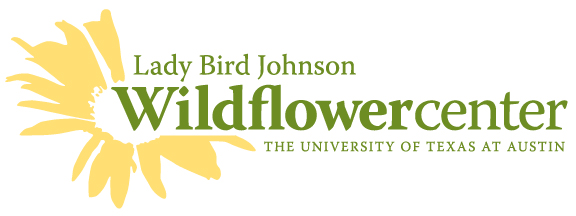 |
 |
|
|
|
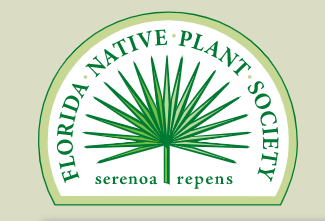 |
|
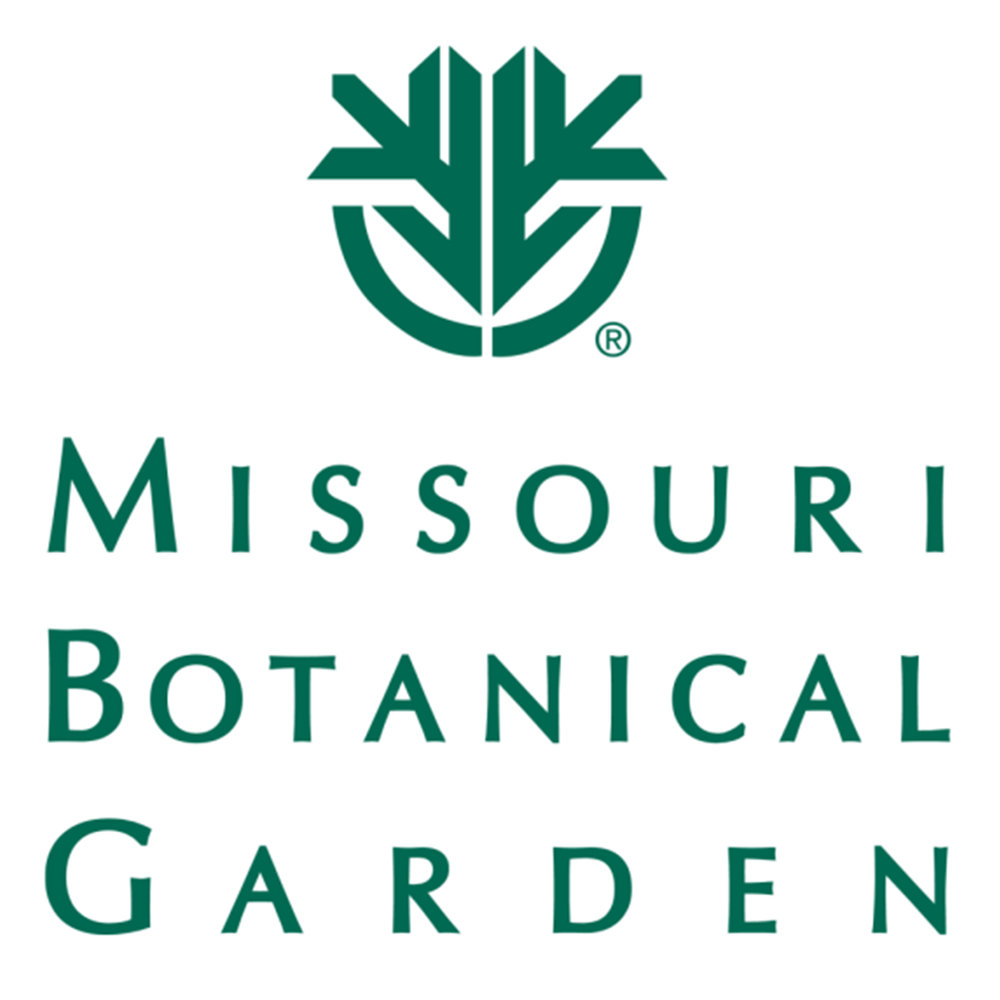 |
 Wildlife Tag
Wildlife Tag
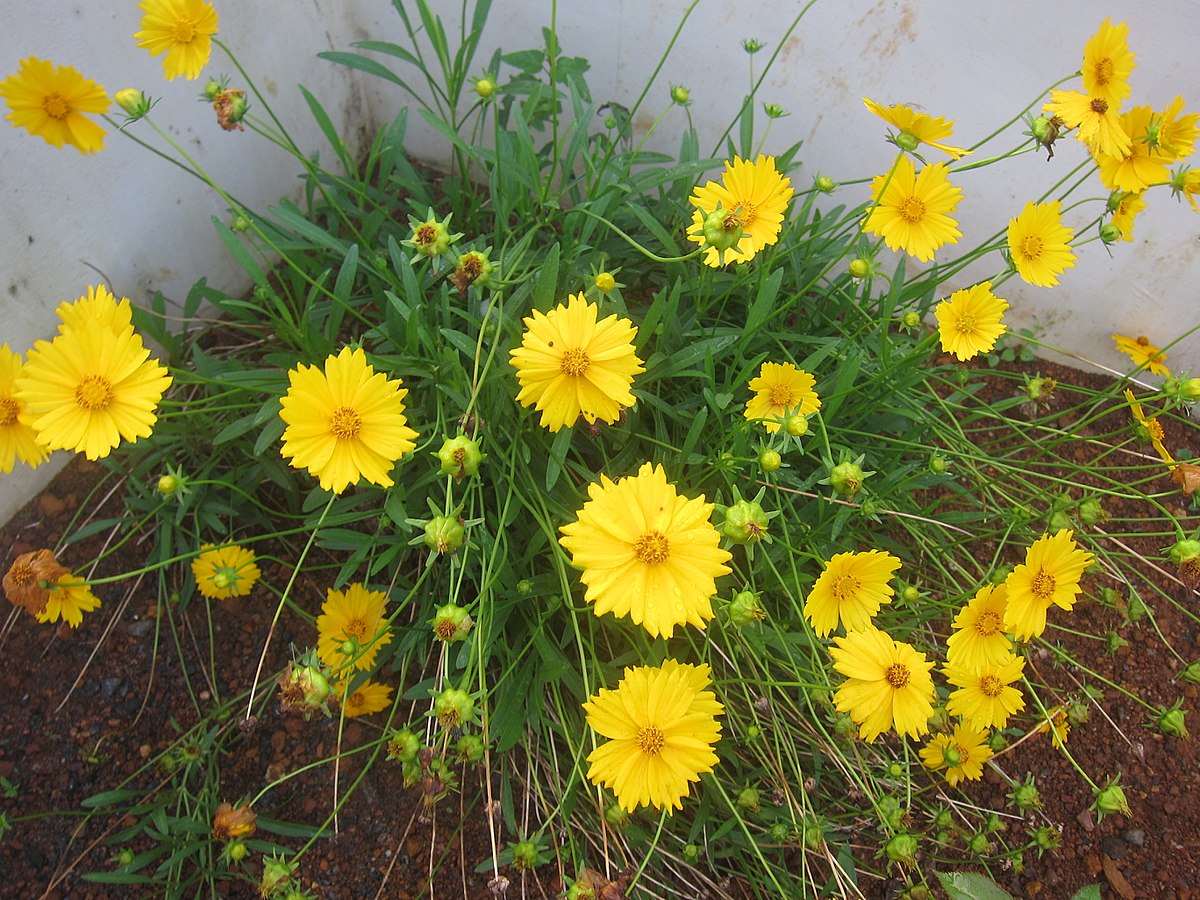




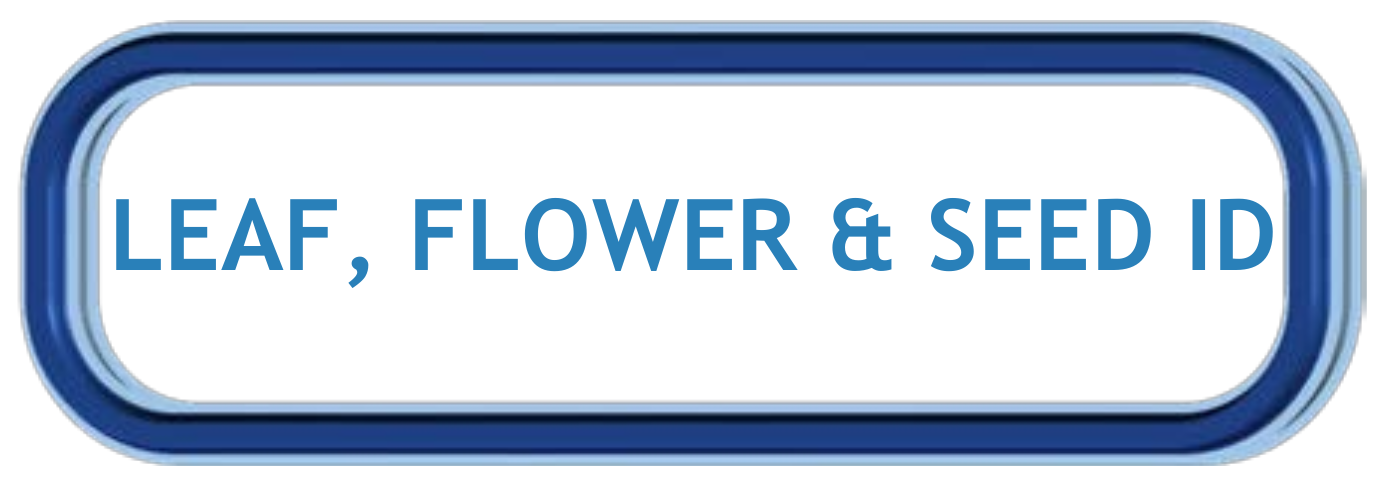

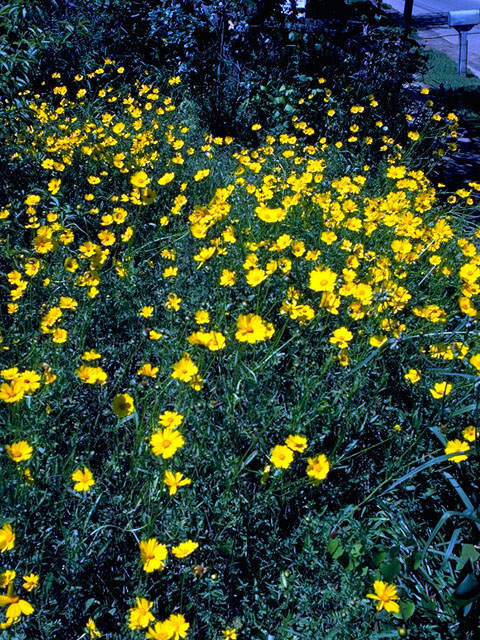
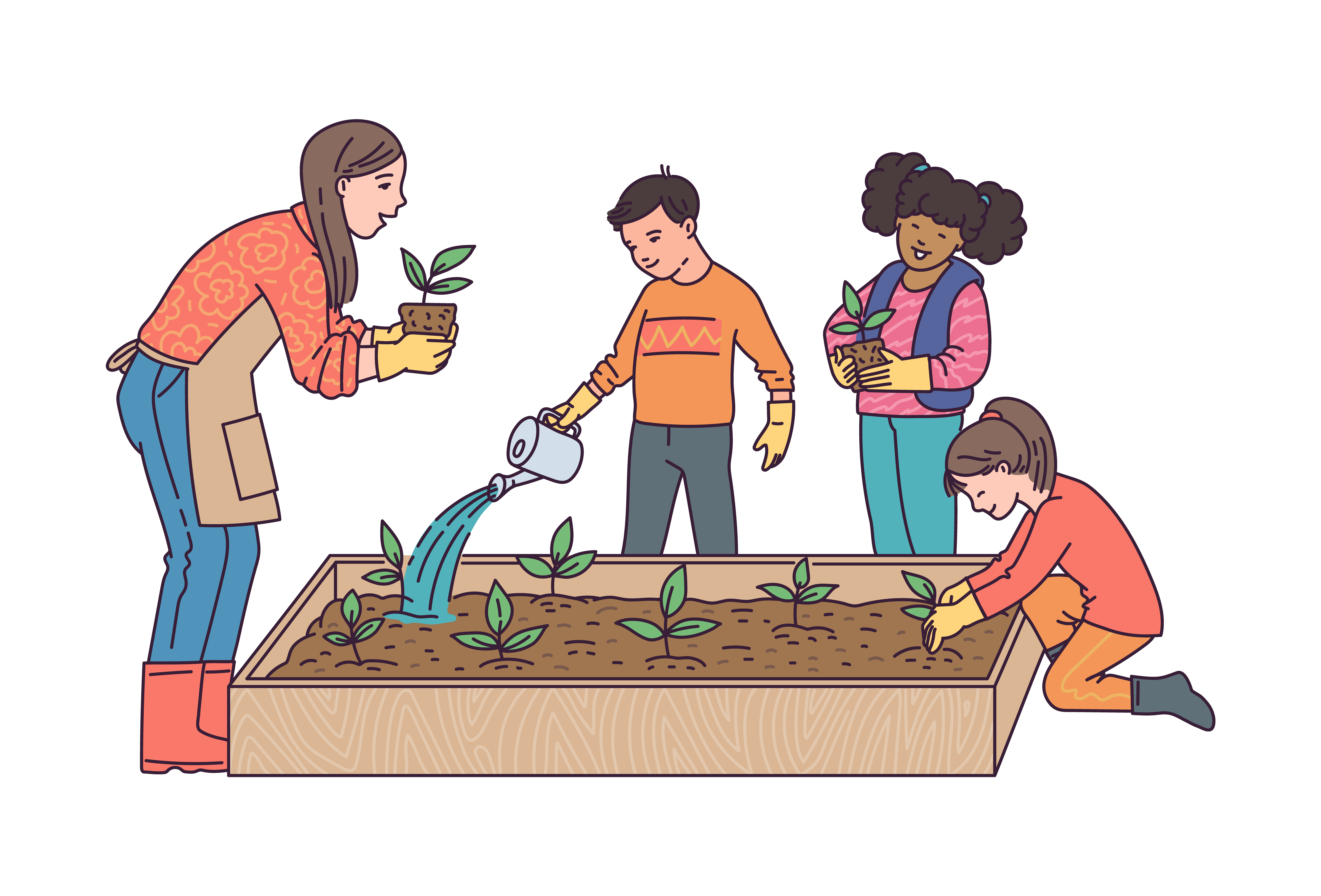
 Full Shade
Full Shade
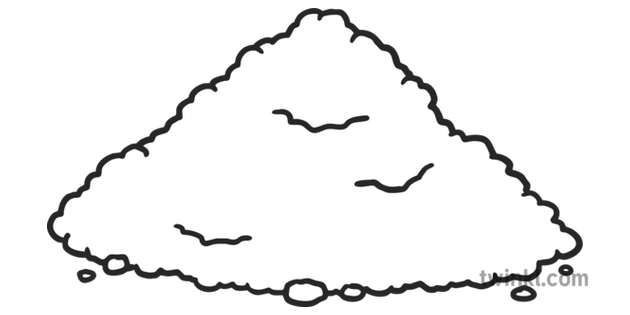 Well-drained, Sandy, Loamy, Clay
Well-drained, Sandy, Loamy, Clay